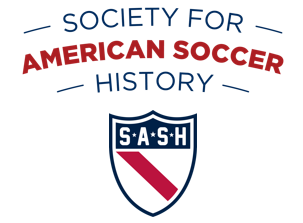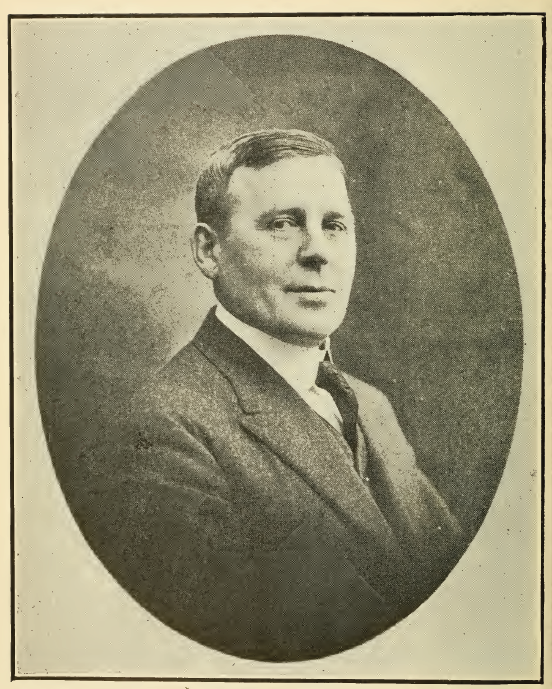Of the major figures in the early years of American soccer, no one’s star has fallen farther than that of Thomas W. Cahill. A man who dominated the sport in the United States 100 years ago is nearly unknown today.
Cahill was born in 1863, just a few weeks after the meetings in London at which the rules of association football were standardized. He died in 1951 thinking that his efforts to promote the sport in America had gone for naught and the time had passed for soccer to catch on here. How pleased a man who was a tireless booster of the sport a century ago would be to see the state of American soccer today.
Cahill began playing soccer in 1885 in St. Louis, where the first game had been played in 1875. His soccer efforts over the subsequent 50 years were prodigious, and he was far and away the most important American soccer administrator before World War II.
At the peak of Cahill’s soccer activities between 1900 and 1930, he wore quite a few hats in American soccer. Consider:
- In 1909, he was among the leading organizers of an American tour of the Pilgrims, an English amateur team that greatly helped to popularize the game in America.
- In 1912, the year that his employer, the A.G. Spalding sporting goods company, transferred him from St. Louis to New York, he began a 12-year stint as editor of Spalding’s annual Official Soccer Football Guide, a huge compilation of information on the sport in America that was published from 1904 to 1924.
- In 1912, he was among the New York soccer officials who organized the American Amateur Football Association, which challenged the American Football Association for the role of governing the sport in the United States. He served as the AAFA’s emissary to the 1912 FIFA Congress in Sweden, at which the AAFA sought membership in FIFA.
- In 1913, after the AAFA had morphed into the United States Football Association (now the USSF) and gained FIFA membership for the United States, he became the first secretary of the USFA. This position, which Cahill held on and off until 1931, is equivalent to today’s USSF executive director, although in Cahill’s day it was not a paid job.
- In 1916, 1919 and 1920, he was the manager of the first three American soccer teams to make overseas tours, all of them to Scandinavia. The three were the U.S. national team in 1916, Bethlehem Steel in 1919 and a St. Louis all-star team in 1920.
- In 1921, he headed the move to organize the original American Soccer League. He threw himself into the job of secretary of the new league, while at the same time continuing his other duties, and was secretary of the ASL until he was deposed in a power struggle in 1926
Unlike some other people, Cahill did not get himself ostracized from American soccer by backing the wrong horse in the Soccer War of 1928-29. However, his influence was waning by then anyway. Cahill had a forceful manner, one with which he made both progress and enemies. Prominent among those enemies were Gus Manning of New York and Peter Peel of Chicago, two of the earliest presidents of the USFA. The administrative infighting in American soccer in those days was terrible, and Cahill eventually was worn down. Two of the final blows to his ego came when he was passed over for the role of manager of the United States teams at the 1928 Olympic Games and the 1930 World Cup. Within a few years, the double-whammy of the Soccer War and the Depression had convinced Cahill that soccer’s time in America had come and gone. In this opinion, for once, he was wrong.
If you want to learn more about Cahill, there is a detailed chapter about him in Distant Corners: American Soccer’s History of Missed Opportunities and Lost Causes, a book being published in 2011 by Temple University Press. The author is the late David Wangerin, whose previous book, Soccer in a Football World, published in 2006, is a leading history of American soccer.
This article originally appeared on Roger’s Big Soccer blog on on February 14, 2011.

